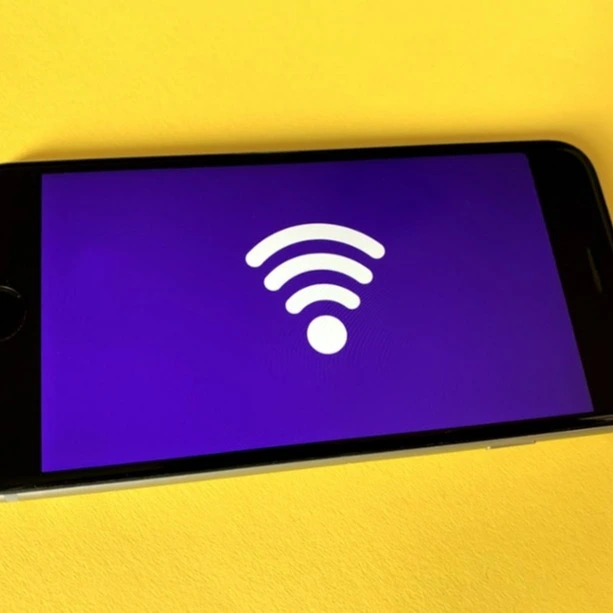This is part two of a three-part series that looks at different types of wireless technologies. If you want to read part one, click here: WiFi vs. Cellular. (Editor's note: Here is part two, as well: Bluetooth vs. Bluetooth Low Energy.)
Today we’ll cover 6LoWPAN vs. ZigBee:
What is 6LoWPAN?
6LoWPAN is a somewhat contorted acronym that combines the latest version of the Internet Protocol (IPv6) and Low-power Wireless Personal Area Networks (LoWPAN). 6LoWPAN, therefore, allows for the smallest devices with limited processing ability to transmit information wirelessly using an internet protocol. It’s the newest competitor to ZigBee. The concept was created because engineers felt like the smallest devices were being left out from the Internet of Things. 6LoWPAN can communicate with 802.15.4 devices as well as other types of devices on an IP network link like WiFi. A bridge device can connect the two.
The concept was created because engineers felt like the smallest devices were being left out from the Internet of Things. 6LoWPAN can communicate with 802.15.4 devices as well as other types of devices on an IP network link like WiFi. A bridge device can connect the two.
SEE ALSO: 6LoWPAN Range: Use Case Calculations
6LoWPAN’s M2M/IoT Applications
- 6LowPan Smart Meters
- Smart Home (Lighting, Thermostats)
Basically anything that is relatively low-power, but can operate in close proximity to its neighbor transceivers.
What is ZigBee?
ZigBee, like 6LoWPAN, is designed for low data-rate and battery-powered applications. ZigBee is the most popular, low-cost, low-power wireless mesh networking standard on the market right now—and the more mature technology of the two (ZigBee, 6LoWPAN). It is typically implemented for personal or home-area networks, or in a wireless mesh for networks that operate over longer ranges.
The ZigBee IP is built on the IEEE 802.15.4 standard, but unlike 6LoWPAN, it cannot easily communicate with other protocols. A benefit of ZigBee, however, is that nodes can stay in sleep mode most of the time, drastically extending battery life. There is a new type of Zigbee-like mesh technology called Z-Wave also, read more about Z-Wave vs Zigbee here.
SEE ALSO: ZigBee Range: A Tracking Device Use Case
ZigBee’s M2M/IoT Applications
- Wireless Light Switches
- Electrical Meters (Smart grid, demand response, etc)
- Industrial Equipment Monitoring
The name is based on the wiggly dance that honey bees do on their way to drop off their honey. Like those crazy bees, data in a ZigBee network is “hopping” around a mesh of transceivers until a route to the host (usually the internet) is found. It is based on the IEEE 802.15 protocol, and has a fixed data-rate of 250 kbit/s. This speed, coupled with low-transmit power, means ZigBee does not have great range. Repeaters and/or a high density of nodes are often needed to obtain the desired coverage.





